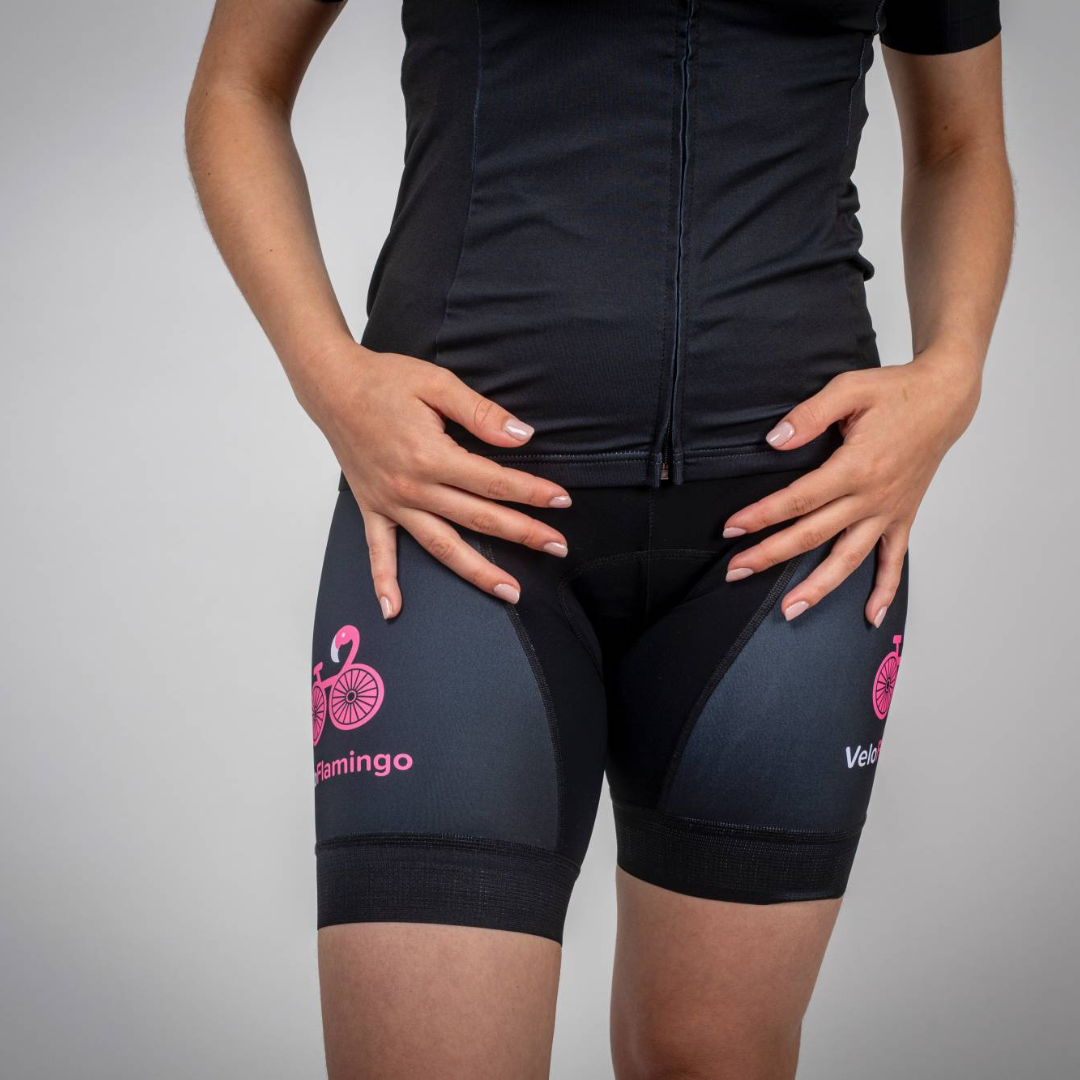Cycling clothing has come a long way since the days of penny-farthings and tweed suits.
Back then, comfort wasn't exactly a priority. But times have changed, and so have the fabrics we wear while we ride. Today, high-tech materials are revolutionising the cycling experience, particularly for women.
The Early Days of Cycling Attire
Let’s take a trip down memory lane. Picture this: cyclists clad in heavy wool jerseys and long, baggy cotton shorts. It wasn’t exactly aerodynamic, and let’s not even talk about the comfort levels! Wool was the fabric of choice for its warmth and durability, but it was also heavy, bulky, and took forever to dry. Cotton, while breathable, became soggy with sweat and chafed against the skin. Not ideal for a long day in the saddle!

The Fabric Revolution
Thankfully, the world of textiles has advanced at a rapid pace, and cycling clothing has benefited immensely. Synthetic fabrics like polyester, nylon, and spandex have become the backbone of modern cycling attire. These materials are lightweight, breathable, and incredibly effective at wicking away moisture. Gone are the days of soggy jerseys and uncomfortable chafing.
Polyester is a workhorse in cycling clothing. It’s strong, durable, and dries quickly. It’s often combined with spandex for stretch and recovery, resulting in fabrics that move with your body without restricting movement. Nylon, on the other hand, is known for its smoothness and softness. It’s often used in base layers and jerseys for its excellent moisture-wicking properties.
A Focus on Women
While the evolution of cycling fabrics has benefited all riders, it's worth highlighting the specific advancements made for women. For too long, women's cycling clothing was simply scaled-down versions of men's gear. But as more women took to the bike, it became clear that there were specific needs and challenges that required unique solutions.
One of the most significant advancements has been in the development of female-specific chamois pads (YAY!). Let's face it, comfort in the saddle is crucial, and a poorly designed chamois can turn a leisurely ride into a painful ordeal. Women's anatomy is different from men's, and this requires a different approach to padding design.
Modern chamois pads are engineered to provide targeted support and cushioning in the areas where women need it most. They use a combination of different density foams and fabrics to create a pad that is both supportive and breathable. Additionally, the shape of the pad is designed to fit a woman's body better, reducing pressure points and discomfort.

Beyond chamois pads, women's cycling clothing has also benefited from advancements in fabric technology. For example, many women experience temperature fluctuations differently than men, so fabrics that can adapt to changing conditions are essential. Additionally, women's bodies often have different fit requirements than men's, so clothing that is specifically designed for a woman's shape can make a big difference in comfort and performance.
The Future of Cycling Fabrics
The evolution of cycling fabrics is far from over. Research and development continue to push the boundaries of what's possible. We can expect to see even more innovative materials and designs in the years to come. Some exciting developments include fabrics with built-in sun protection, anti-microbial properties, and even temperature regulation.
As a company specialising in women's cycling clothing, we're passionate about providing our customers with the best possible products. We're constantly exploring new fabrics and technologies to create clothing that not only performs but also makes riding more enjoyable for women of all levels. Check out our selection of bib shorts HERE!
So, the next time you hit the road, take a moment to appreciate the incredible advancements in cycling apparel. From the uncomfortable wool jerseys of the past to the high-tech, performance-driven gear of today, it's clear that the world of cycling has come a long way. And we can't wait to see what the future holds!


